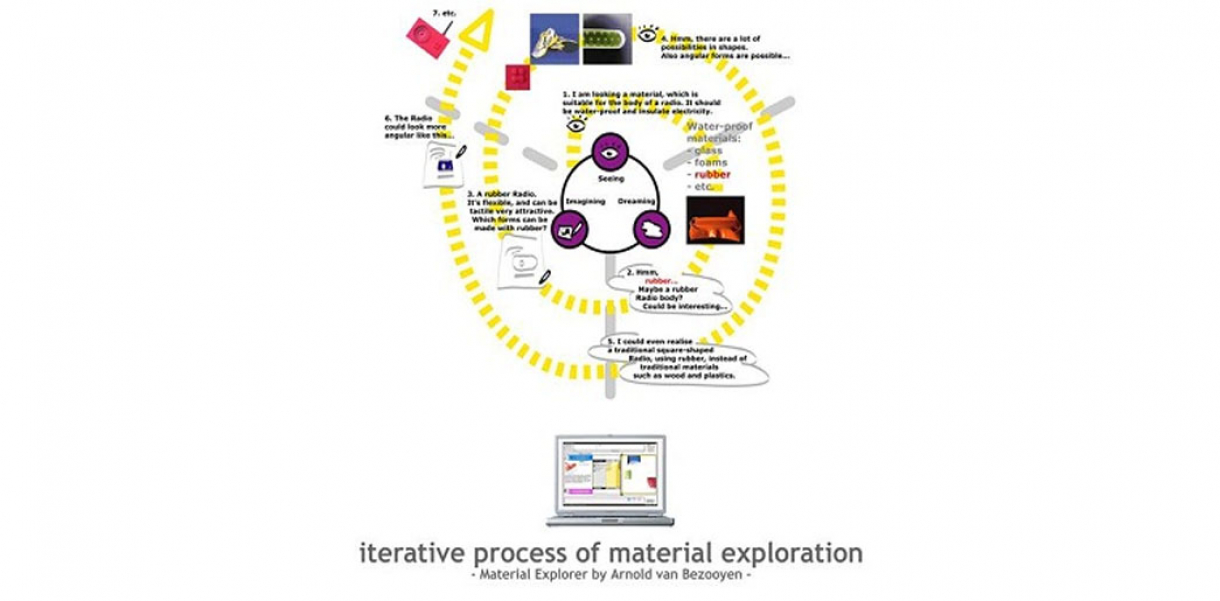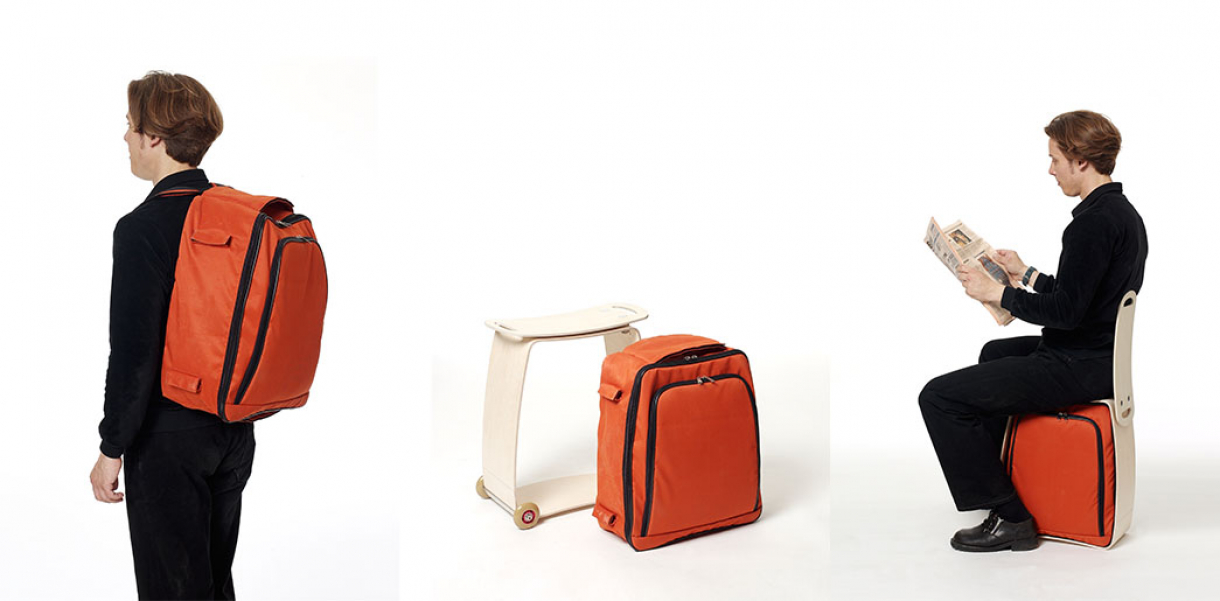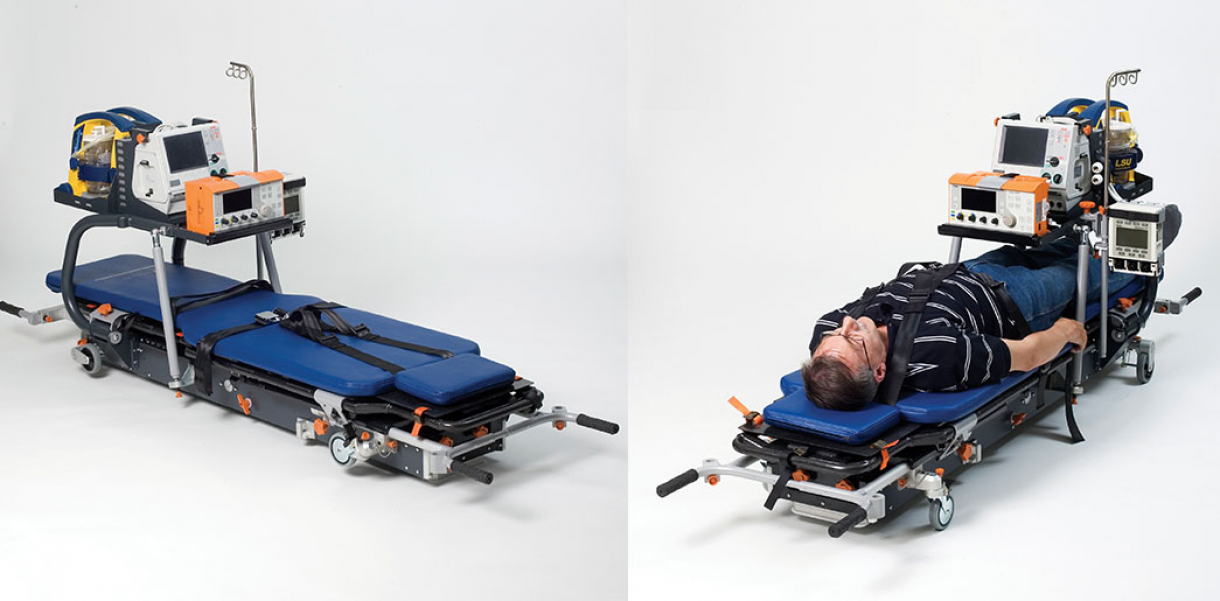This web-based (database driven) software application offers integrated presentation of product, material and technology (pmt) information. Search materials by their functional and aesthetic properties, their products/applications, or used technologies.
Functionality and use of design
The Material Explorer is a web-based software application. Digital content is centrally stored and updated by a network of scouts and editors. A (required) broadband internet connection provides access to information about products, materials and technologies. Company and literature references allow requests for more information or physical material samples.
How did this design improve life?
Basically the Material Explorer improves people’s lives in the following ways:
- Firstly, designers themselves are supported and challenged in doing materials selection by offering a rich and inspiring software tool to explore new materials and non-conventional applications, including consideration of eco-friendly alternatives.
- Secondly, the required interdisciplinary team(work) during the materials selection process is supported by a very visual and understandable way.
- Thirdly, the consumer/business client should experience product results that reflect a well-considered use of our materials/resources from both functional and aesthetic perspective.
Overall, bringing more awareness for materials and resources is considered to be an important aspect of designing our way towards a more sustainable world.
Further, the Material Explorer itself is a result of a very exiting design process which included many interviews and discussions on the role and use of materials by designers. From this perspective, the design process already improved the lives of materials experts, designers, interaction experts, professors, students and me by doing new thinking on materials selection.
Drawbacks of life improvement
The concept concerns a web-based application, and requires the user to have access to a computer with preferably a broadband internet connection. The Material Explorer proposal is therefore somewhat discriminating towards designers who cannot afford/invest in these requirements.
Another negative effect can be that more material awareness also includes learning more about eco-unfriendly materials (such as effect coatings being promoted for effective product marketing). Though, this aspect is expected to be more influenced by the designer’s ethics than the way of materials information management.
Research and need
The design research project concerned four phases, in which the final proposal was realised.
Phase one, first an analysis into the use of materials by industrial designers has been done. Together with the evaluation of current material information tools (on usability and content), this has been the input for scenario building and drawing up the design requirements.
In phase two, a first concept was developed, based on the design requirements together with a previous exercise of basic interface models. This concept has been presented to my supervisors, material experts and interaction experts, for their comments.
Phase three, resulted in an altered concept, using the comments of the previous phase. This second concept and three different user-centred future scenarios have been presented and discussed with industrial designers. The user scenarios supported the designers in understanding the usefulness of the tool within its context.
Finally, in phase four, a final interface proposal was realized using the feedback and experiences of the previous phases. The proposed interface has been demonstrated and commented by design students.
The results of this project, including a demonstration of the proposed Material Explorer interface, have been documented on a CDROM included with the project report.
Designed by
Arnold van Bezooyen - Netherlands




